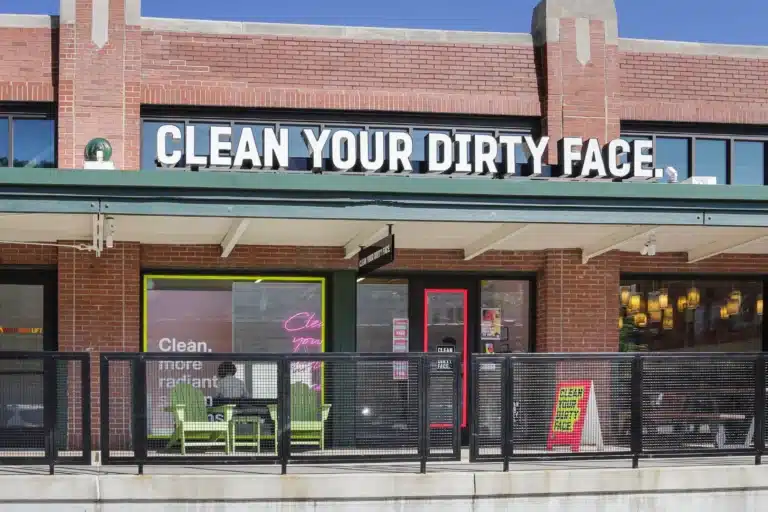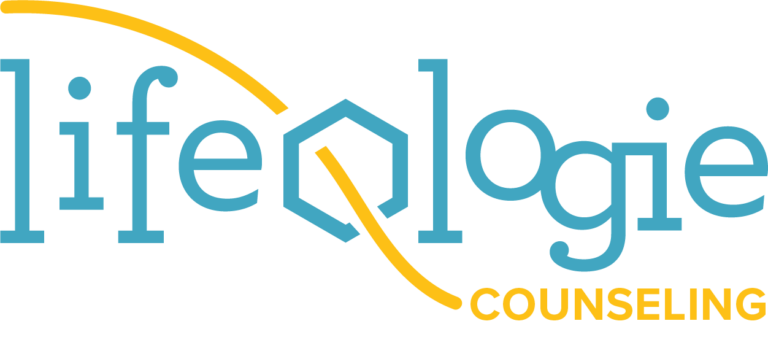How Much It Costs to Open a Pharmacy: Examples & Budget

Starting a pharmacy requires a significant investment, with costs varying based on the size, location, and services offered.
In this post, we explore real-world examples from 4 pharmacy franchises: Medicine Shoppe, Medicap Pharmacy, Health Mart Pharmacy, and Good Neighbor Pharmacy. We provide detailed startup costs from these franchises, which range from $130,000 to $961,000.
Additionally, we offer an example budget below to show the breakdown of expenses like inventory, leasehold improvements, equipment, and marketing, giving both low and high estimates to illustrate the investment required for starting an independent pharmacy.
FREE PHARMACY BUDGET TEMPLATE
This is our free budget template built for entrepreneurs who need to estimate their startup costs for a pharmacy. We’ve included low and high estimate cost breakdowns. Free download.
Pharmacy Startup Costs: 4 Real Examples
Starting a pharmacy franchise requires a substantial investment, with costs varying depending on the brand, size, and location. Based on real-world franchise examples, the average investment for a pharmacy can range from $130,000 to $961,000.
Lower-cost franchises, like Medicap Pharmacy, require an investment starting at $130,000, while larger operations like Medicine Shoppe can demand up to $961,000. Health Mart Pharmacy falls in the mid-range, with an investment between $251,000 and $674,000, and Good Neighbor Pharmacy requires an investment of $279,000 to $575,000.
These examples highlight how startup costs for pharmacies can vary greatly depending on factors such as branding, services, and location. Smaller, community-focused pharmacies tend to operate on a lower budget, while larger, more established pharmacy brands require a higher initial investment.

Pharmacy Startup Cost Breakdown
Starting a pharmacy requires a significant investment, with costs varying based on the size, location, and services offered.
- Small Pharmacy: May need around $200,000 to cover basic leasehold improvements, essential pharmacy equipment, initial inventory, and necessary permits and licenses. This budget is ideal for independent pharmacies serving a local community with standard services.
- Large or Premium Pharmacy: Can cost up to $1,000,000 to include extensive leasehold improvements, high-end equipment, comprehensive initial inventory, advanced technology systems, and a robust marketing plan. This budget supports larger pharmacies aiming to offer a wide range of services, including specialized healthcare products and services.
| Cost Category | Low Estimate (USD) | High Estimate (USD) |
|---|---|---|
| Leasehold Improvements | $25,000 | $150,000 |
| Pharmacy Equipment & Supplies | $75,000 | $400,000 |
| Initial Inventory | $30,000 | $250,000 |
| Licensing and Permits | $5,000 | $15,000 |
| Insurance | $5,000 | $30,000 |
| Technology and Software | $10,000 | $50,000 |
| Marketing and Advertising | $10,000 | $100,000 |
| Rent or Lease | $20,000 | $90,000 |
| Employee Salaries | $20,000 | $70,000 |
| Utilities and Miscellaneous | $10,000 | $30,000 |
| Total | $200,000 | $1,000,000 |
We are now discussing some of the most important costs below:
Leasehold Improvements
Starting a pharmacy requires significant leasehold improvements. Costs vary based on size, location, and customization needs.
A small pharmacy may spend around $25,000 on basic renovations, plumbing, electrical work, lighting, and storage.
In contrast, a large or premium pharmacy could invest up to $150,000 for extensive customizations, advanced systems, and high-end fixtures.
| Cost Component | Low Estimate (USD) | High Estimate (USD) |
|---|---|---|
| Basic Renovations | $8,000 | $40,000 |
| Plumbing and Electrical | $5,000 | $25,000 |
| Lighting and Fixtures | $3,000 | $15,000 |
| Storage and Shelving | $2,000 | $20,000 |
| HVAC Installation | $5,000 | $20,000 |
| Accessibility Features | $1,000 | $8,000 |
| Security Systems | $2,000 | $12,000 |
| Total | $25,000 | $150,000 |
Equipment & Supplies
Starting a pharmacy requires a significant investment in equipment and supplies. These are essential for daily operations, safety, and regulatory compliance. Costs vary depending on the pharmacy’s size and services offered.
- A small pharmacy may spend around $75,000. This covers basic equipment like dispensing systems, shelving, refrigeration units, and an initial inventory of medications. This setup works for independent pharmacies serving local communities with standard services.
- A large or premium pharmacy can invest up to $400,000. This includes high-end dispensing systems, custom shelving, specialized refrigeration, and a more extensive inventory. These pharmacies often serve a larger customer base and offer specialty medications or healthcare products.
| Cost Component | Low Estimate (USD) | High Estimate (USD) |
|---|---|---|
| Dispensing Systems | $20,000 | $100,000 |
| Shelving and Storage | $10,000 | $50,000 |
| Computers and POS Systems | $5,000 | $25,000 |
| Refrigeration Units | $5,000 | $20,000 |
| Security Systems | $5,000 | $15,000 |
| Medical Equipment | $10,000 | $50,000 |
| Initial Inventory | $15,000 | $100,000 |
| Total | $75,000 | $400,000 |
Initial Inventory
Stocking a pharmacy’s initial inventory is a major startup cost. Expenses vary based on the pharmacy’s size, customer base, and product variety.
- A small pharmacy may spend around $30,000. This covers essential prescription medications, basic over-the-counter (OTC) products, and common healthcare supplies. It ensures the pharmacy can meet immediate customer needs and fill standard prescriptions.
- A large or specialty pharmacy can invest up to $250,000. This includes a wider range of prescription drugs, specialty medications for chronic conditions, a large selection of OTC products, vitamins, supplements, and healthcare devices like glucose meters and mobility aids.
| Cost Component | Low Estimate (USD) | High Estimate (USD) |
|---|---|---|
| Prescription Medications | $15,000 | $150,000 |
| Over-the-Counter (OTC) | $7,000 | $50,000 |
| Healthcare Supplies | $5,000 | $30,000 |
| Vitamins and Supplements | $3,000 | $20,000 |
| Total | $30,000 | $250,000 |
Technology and Software
Investing in technology and software is critical for running a modern pharmacy. Costs vary depending on the pharmacy’s size and level of automation.
- A small pharmacy may spend around $10,000 on basic systems. This includes point-of-sale (POS) software, inventory management, and a basic computer setup to handle daily transactions and record-keeping.
- A large or specialty pharmacy can invest up to $50,000. This higher investment covers advanced pharmacy management software, automated dispensing systems, and electronic health record (EHR) integration. These systems improve efficiency, reduce errors, and provide enhanced customer service.
| Cost Component | Low Estimate (USD) | High Estimate (USD) |
|---|---|---|
| POS and Inventory Software | $5,000 | $15,000 |
| Pharmacy Management System | $3,000 | $20,000 |
| Automated Dispensing Systems | $2,000 | $10,000 |
| EHR Integration | $0 | $5,000 |
| Total Technology & Software | $10,000 | $50,000 |
Marketing and Advertising
Marketing and advertising are key to attracting customers and building a pharmacy’s brand. Costs vary based on the scope of campaigns and the pharmacy’s target market.
A small pharmacy may spend around $10,000. This includes local advertising, setting up a website, and basic social media marketing to reach nearby customers.
A large or premium pharmacy can invest up to $100,000. This covers extensive digital marketing, professional branding, print ads, and large-scale campaigns to capture a broader audience.
| Cost Component | Low Estimate (USD) | High Estimate (USD) |
|---|---|---|
| Website Design and Hosting | $2,000 | $10,000 |
| Local Advertising | $3,000 | $20,000 |
| Social Media and Online Ads | $3,000 | $30,000 |
| Print and Outdoor Ads | $2,000 | $40,000 |
| Total Marketing & Advertising | $10,000 | $100,000 |
Employee Salaries
Staffing is a key expense when starting a pharmacy. Salaries depend on the number of employees and their roles.
A small pharmacy may spend around $20,000 over the first 1-2 months. This typically covers one pharmacist and basic support staff.
A large or premium pharmacy may invest up to $70,000 over the first 3 months. This budget includes multiple pharmacists and more support staff to handle higher customer volume.
| Cost Component | Low Estimate (USD) | High Estimate (USD) |
|---|---|---|
| Pharmacist | $12,000 | $40,000 |
| Support Staff | $8,000 | $30,000 |
| Total | $20,000 | $70,000 |



